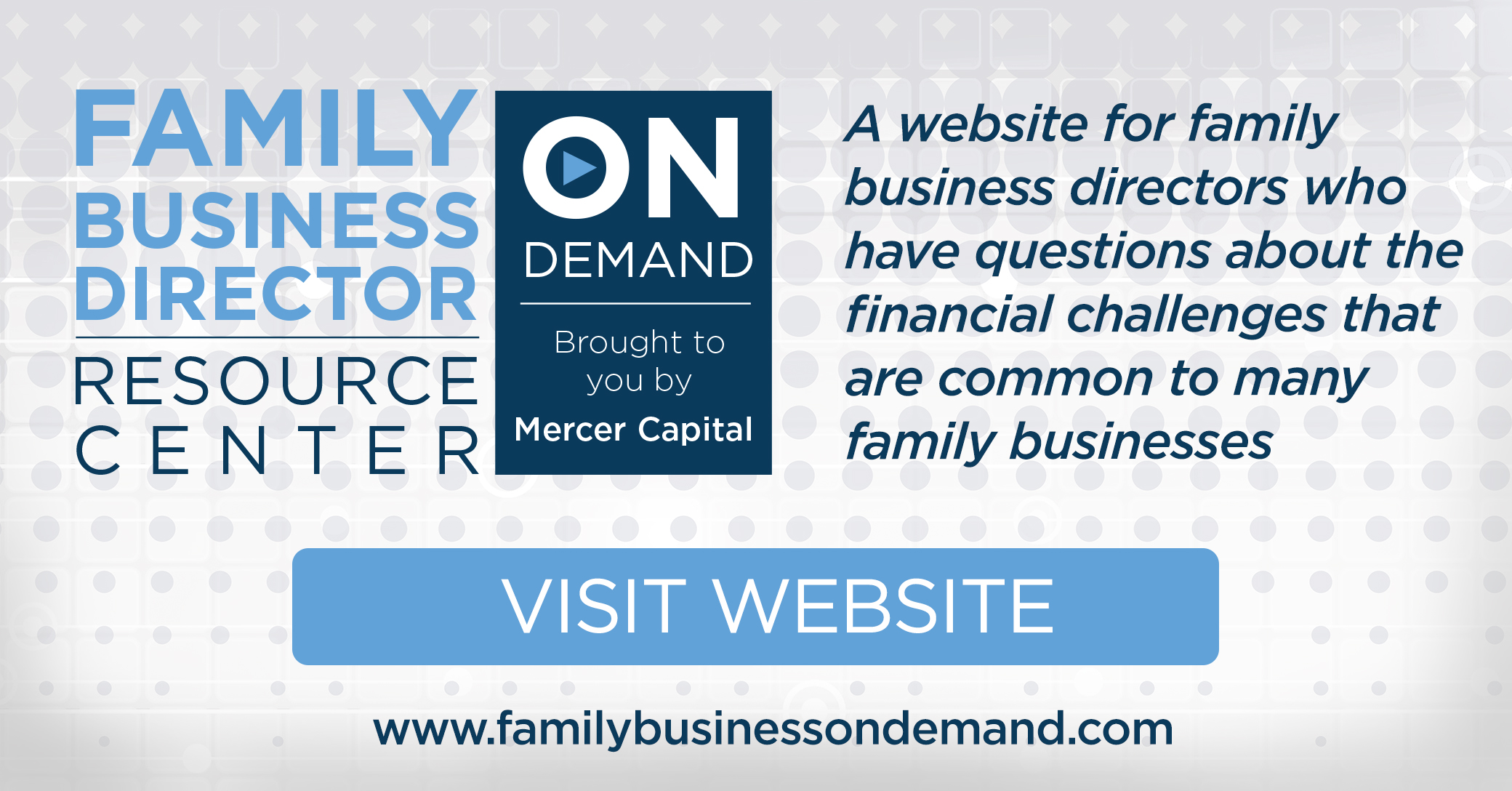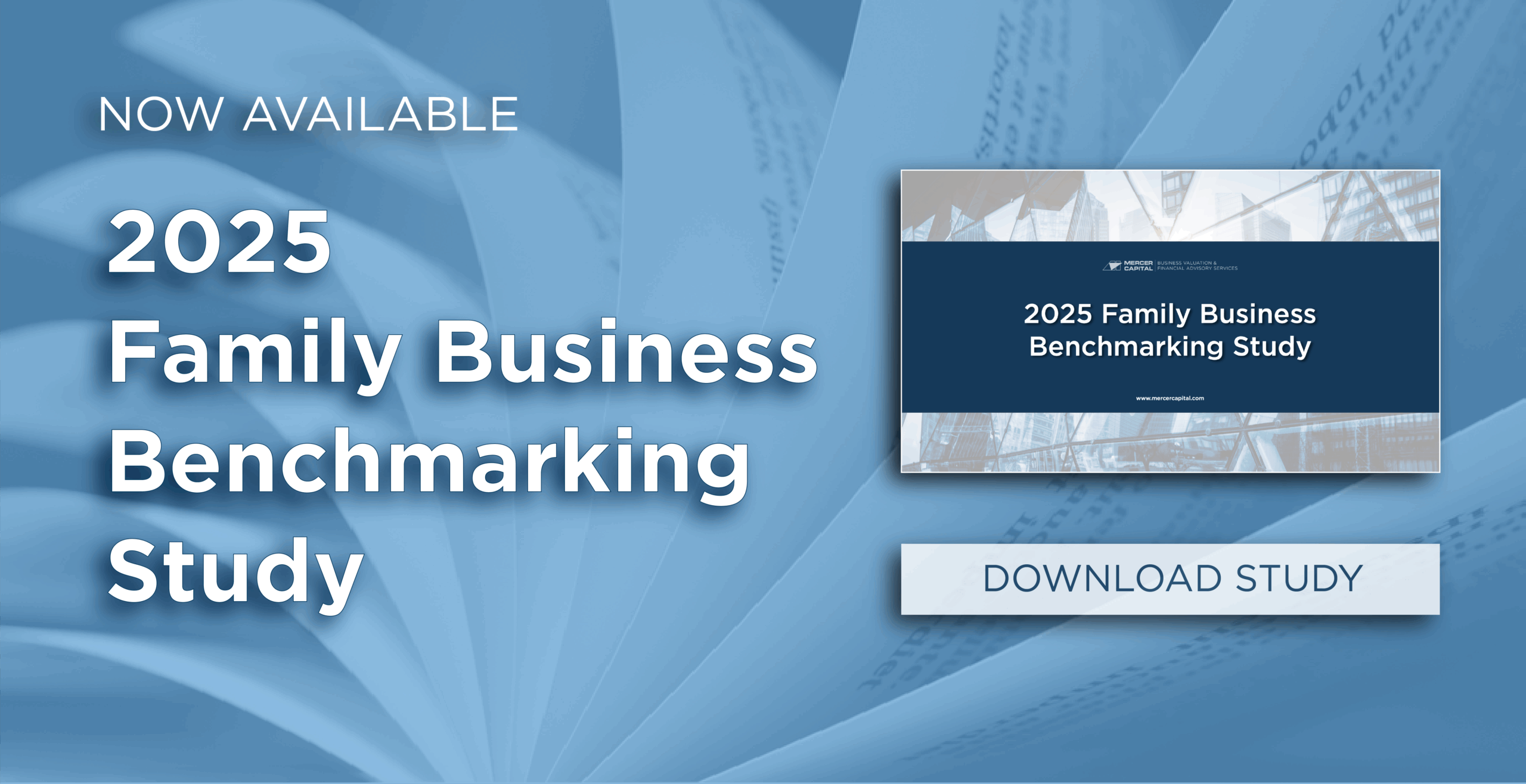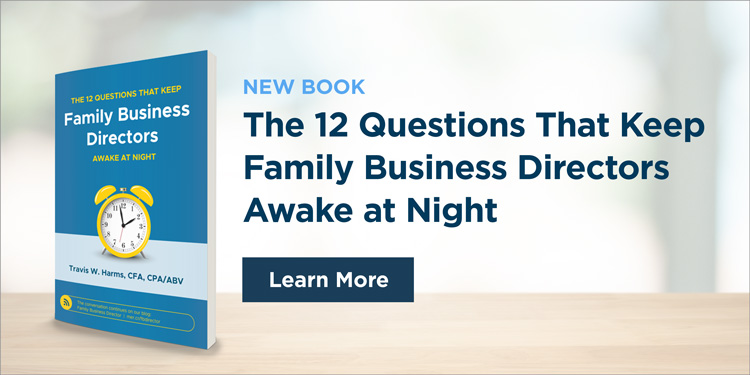Navigating the Sale of Your Family Business
Lessons from the Auction Block
Selling a family business is a deeply personal and strategic endeavor, much like auctioning a rare and storied object. Inspired by Phyllis Kao’s insights at a recent event hosted by Diversified Trust and Sotheby’s, where she outlined four tenets of driving value in an auction: provenance, presentation, acting on a market moment, and the auctioneer, this blog post reimagines these principles to guide family business owners through the sale process. Just as Kao’s approach transforms obscure objects into coveted treasures, applying these tenets can maximize the value of a family business while honoring its legacy.
Provenance: The Power of Your Family’s Story
Provenance—the origin, history, and background of an object—is the foundation of its value in an auction. Similarly, the story and meaning of your family business are its most compelling assets when preparing for a sale. Kao illustrated this with a Fabergé jade hippopotamus lighter, an obscure item whose value soared when its unique history was shared. For a family business, provenance lies in its legacy: the founder’s vision, the challenges overcome, and the impact on its community or industry.
In the first phase of selling a family business, leaders “take inventory” and gather financial and operating data to establish a valuation. But numbers alone don’t tell the full story. The valuation undertaking helps family business directors understand the business and relate the “story” of the business to the financial and operating data of the company and its industry.
Just as Kao’s storytelling transformed perceptions of the lighter, family business owners must weave the history and story of their family business into their narrative. For example, a third-generation retailer with deep community ties carries a narrative of loyalty and resilience that can resonate with buyers. Engaging the next generation in this process, through family meetings or shared storytelling, ensures the business’s provenance is clearly communicated, enhancing its appeal and setting the stage for a successful sale.
Presentation: Framing Your Business as a Masterpiece
Presentation, the second tenet, can redefine how a piece is perceived, as Kao demonstrated with a Tiffany Studios stained glass window. By presenting it as art in an evening auction rather than a design piece, Sotheby’s elevated its significance. Likewise, presenting a family business effectively is critical to attracting the right buyers.
In the sale process, this involves potentially hiring an outside party to perform a quality of earnings analysis or craft a Confidential Information Memorandum (CIM), which highlights the business’s strengths, market position, and preferred transaction structure. In conjunction with the preparation of the CIM, a list of prospective buyers is created. These prospective buyers often include a mix of competitive and/or friendly industry players, private equity investors, and family offices.
Selling a family business, similar to the construction of Rome, cannot be done in a day. Accordingly, family businesses need to assemble a team of experienced and trusted advisors to help them navigate unfamiliar terrain. We recommend retaining a transaction team composed of at least three deal-savvy players: a transaction attorney, a tax accountant, and a sell-side financial advisor. If you do not already have some of these capable advisors, assembling a strong team can require time to accomplish. The sell-side advisor assists the family (or the seller’s board as the case may be) in setting reasonable value expectations, preparing the confidential information memorandum, identifying a target list of potential motivated buyers, soliciting and assessing initial indications of interest and formal bids, evaluating offers, facilitating due diligence, and negotiating key economic terms of the various contractual agreements.
Acting on a Market Moment: Timing the Sale
Recognizing the market moment is about striking when the iron is hot. Kao emphasized that Sotheby’s tracks trends in art submarkets to identify when an artist’s work reaches peak cultural significance. Similarly, timing is critical when selling a family business. Phase III of the sale process, which includes due diligence and finalizing legal documents, hinges on decisions made earlier, during market assessments in Phase I.
A trusted advisor who keeps a pulse on the markets is indispensable for identifying the optimal time to sell. These professionals monitor industry trends, buyer sentiment, and macroeconomic conditions—such as a surge in private equity interest in a sector—to pinpoint windows of opportunity. For instance, an advisor might identify heightened demand for businesses in your industry due to technological advancements or market consolidation. By working closely with such advisors and maintaining open communication with the next generation about strategic options, families can act decisively when the market aligns with their goals, ensuring the sale maximizes value while preserving the family’s legacy.
Up-to-date financial reporting, good general housekeeping with respect to accounts, inventory, real property maintenance, information technology, and the like, are all part of a time-efficient transaction process. These aspects of readiness are the things that family business directors and managers can control in order to improve timing efficiency. As is often said in the transaction environment, time wounds all deals. Sellers doing their part on the readiness front should expect an efficient process from their sell-side advisors and from buyers.
The Auctioneer: Guiding the Process with Care
Kao’s final tenet, the auctioneer, ties the others together, bringing expertise and passion to the sale. Her thoughtful presentation of Apex, a record-breaking Stegosaurus skeleton, showed genuine care for its story, making it relatable to buyers. In a family business sale, the “auctioneer” is the collective team—family leaders, advisors, and engaged next-generation members—who guide the process with clarity and objectivity.
Just as Kao connected with her audience, family business owners must foster trust with buyers and family members alike. This means maintaining transparent communication throughout the sale, from valuation to closing. Involving the next generation ensures they understand the process and feel invested in the outcome, much like preparing them to steward the business. Advisors, acting as skilled auctioneers, help navigate negotiations, ensuring deal terms—like escrow conditions or earn-out provisions—are clear and fair. By approaching the sale with care and professionalism, the team can secure a transaction that honors the business’s legacy.
Conclusion: Crafting a Legacy-Defining Sale
Selling a family business, like auctioning a rare artifact, requires a thoughtful blend of provenance, presentation, and market timing, guided by a dedicated team. By telling the business’s story, presenting it compellingly, and acting on the right market moment, families can achieve a sale that reflects their values and maximizes value. Engaging the next generation throughout the process ensures their perspective shapes the outcome, preserving the family’s legacy for the future.
 Family Business Director
Family Business Director 











